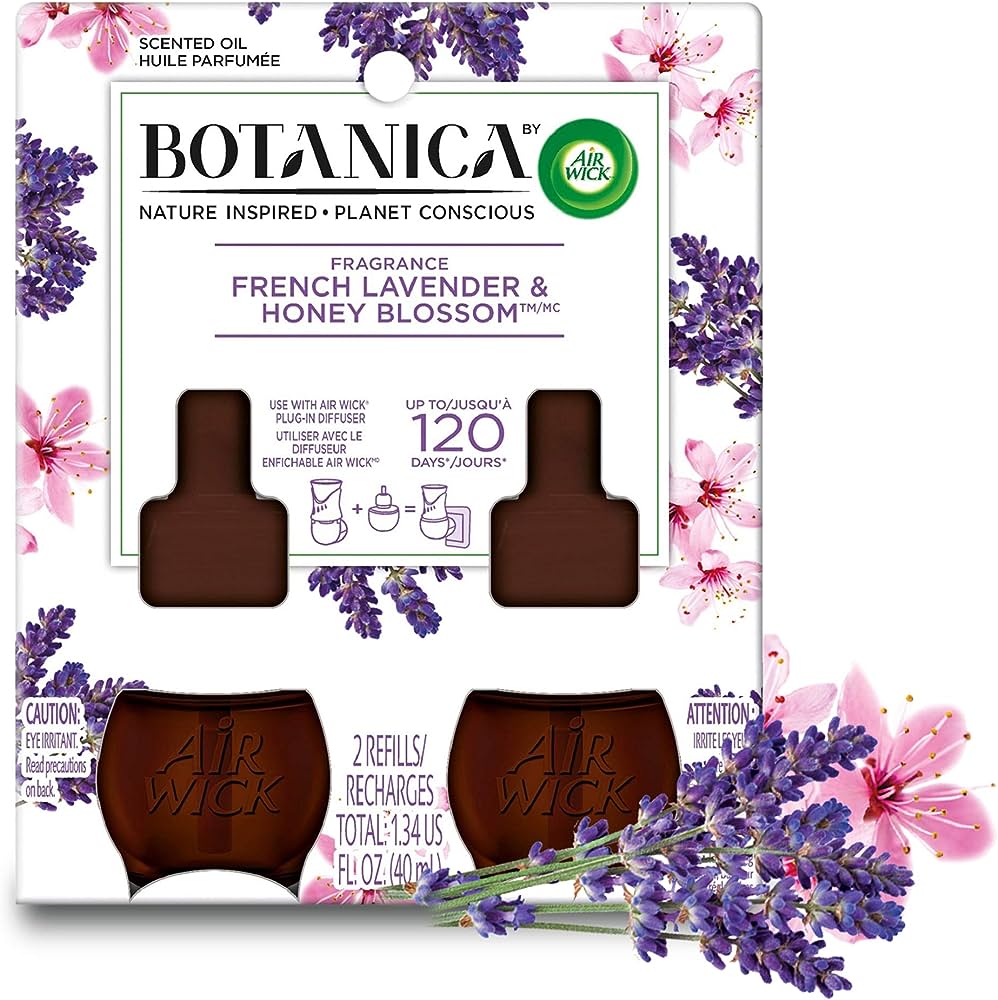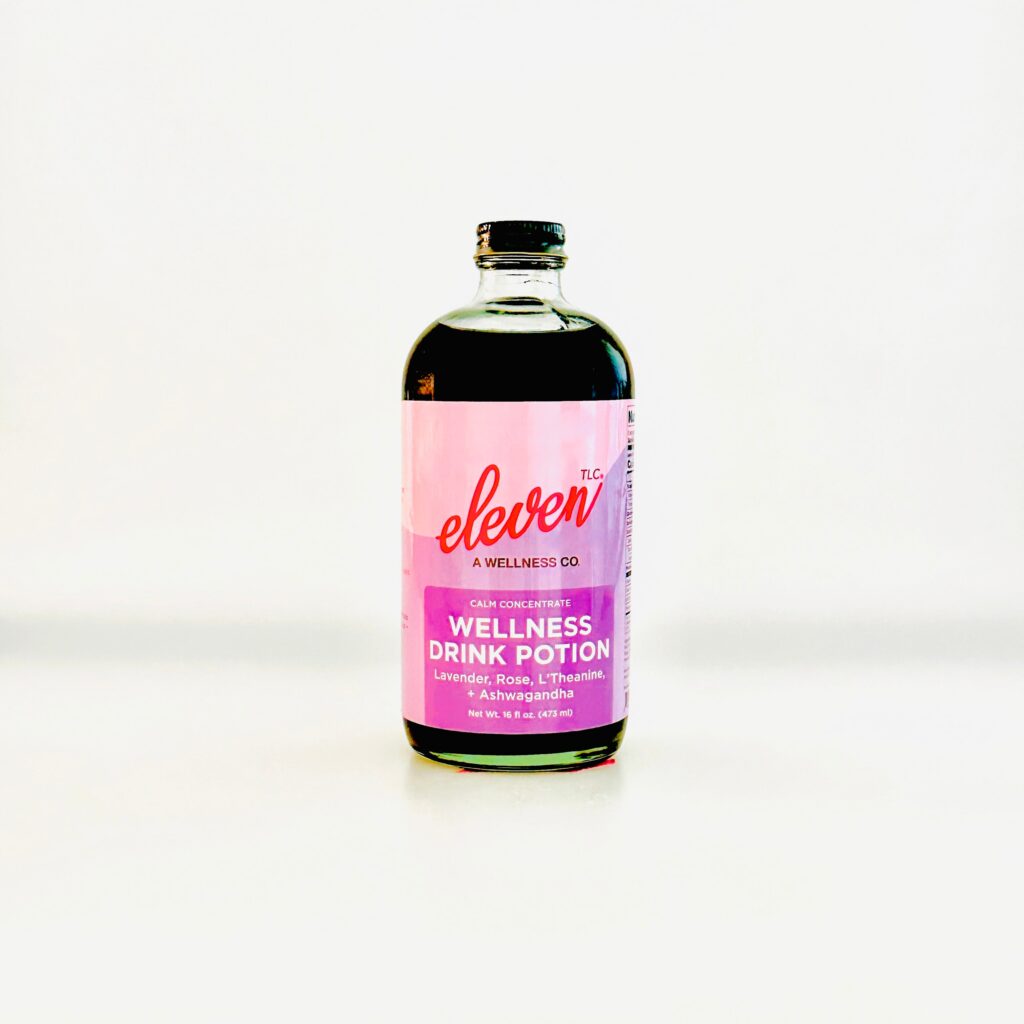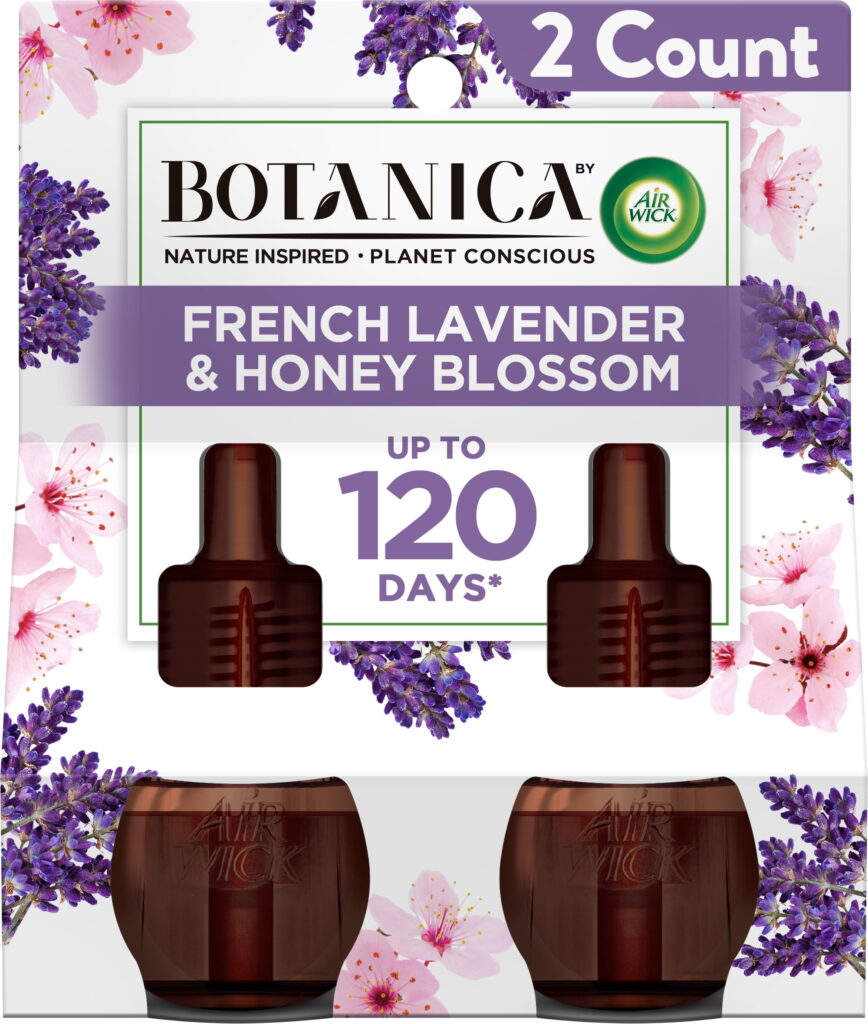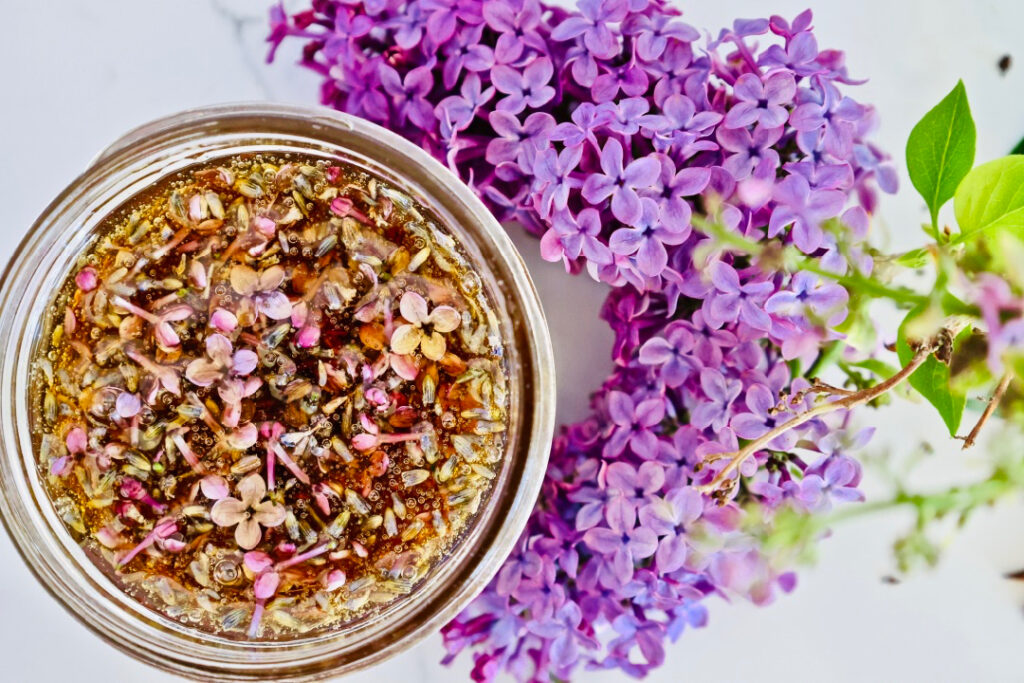
In this delightful article titled “Blossom To Bottle: The Sweet Journey Of Lavender Honey,” you will embark on a fascinating journey that explores the process of transforming fragrant lavender blossoms into delicious golden honey. From the lush fields where lavender thrives to the meticulous harvesting and nurturing of its petals, you will uncover the secrets behind this divine creation. Join us as we uncover the magic behind the art of lavender honey production and unravel the enchanting story from blossom to bottle.

Harvesting the Lavender Flowers
Picking the Lavender Buds
When it comes to harvesting lavender flowers for honey production, the process begins with picking the lavender buds at the peak of their bloom. The buds should be vibrant in color and fully open, as this indicates that they contain the highest concentration of nectar. It’s important to handle the flowers gently and avoid bruising or damaging them to ensure the best quality honey.
Determining the Perfect Time for Harvesting
Timing is crucial when it comes to harvesting lavender flowers for honey production. Generally, the best time to harvest is in the morning when the nectar content is at its highest. This is because the flowers have had the chance to replenish their nectar during the night, and the absence of direct sunlight prevents evaporation. Additionally, it is essential to consider the weather conditions, as dry and warm days are typically preferred for optimal nectar flow.
Harvesting Techniques
There are various techniques used to harvest lavender flowers, depending on the scale of production. For small-scale operations, hand harvesting is common, where each flower is carefully plucked from the stem. On a larger scale, mechanical harvesting methods may be employed, using specialized machinery that gently removes the blossoms. Regardless of the method chosen, it is essential to minimize any damage to the flowers to ensure the best quality lavender honey.
Extracting Nectar from the Lavender Flowers
How Bees Collect Nectar
Bees play a vital role in the extraction of nectar from lavender flowers. They are attracted to the vibrant colors and sweet fragrance emitted by the flowers, and they collect the nectar by extending their long, straw-like tongues called proboscises into the individual blossoms. Thanks to their specialized mouthparts, bees are able to suck up the nectar, storing it in a special honey stomach called the crop.
The Pollination Process
While collecting nectar, bees unknowingly perform the essential task of pollination. As they move from flower to flower, they transfer pollen from the male reproductive organs, known as the stamen, to the female reproductive organs, known as the stigma. This pollen transfer leads to fertilization and allows for the creation of seeds within the flower. The pollination process is crucial for the production of fruits and seeds, making bees instrumental in maintaining plant biodiversity.
The Role of Honeybees
Honeybees, specifically the species Apis mellifera, are well-known for their honey production capabilities. They are highly efficient at collecting nectar and play a significant role in the production of lavender honey. As bees transport the nectar back to the hive, enzymes are added to the nectar, breaking down complex sugars and transforming it into honey. This process, combined with the evaporation of excess moisture, results in the thick, sweet substance that we know as honey.
Creating Lavender Honey
Transferring Nectar to the Honeycomb
Once the bees return to the hive with the collected lavender nectar, they regurgitate it into the honeycomb cells. This transfer of nectar allows for further processing and transformation into honey. The bees then use their wings to fan the nectar, speeding up the evaporation process and reducing the moisture content.
Transforming Nectar into Honey
As the nectar sits in the honeycomb cells, naturally occurring enzymes and bacteria within the hive begin to break down the complex sugars. This enzymatic activity, combined with the bees’ fanning and the natural heat generated within the hive, leads to evaporation and a reduction in moisture content. As the water content decreases, the sugars become more concentrated, creating a thicker, viscous substance which eventually becomes honey.
Lavender Honey Production Process
The creation of lavender honey is a labor-intensive process requiring time and precision. After the bees have completed the transformation of nectar into honey within the honeycomb, beekeepers carefully extract the honeycombs from the hive. These honeycombs are then carefully scraped to remove the wax cap that seals the honey in the comb. The honey is then collected and filtered to remove any impurities or remnants of wax, resulting in pure, delectable lavender honey.
Distinctive Features of Lavender Honey
Color and Consistency
Lavender honey is known for its unique color, ranging from light amber to a pale golden hue. The shade can vary depending on factors such as the variety of lavender, the climate, and soil conditions. In terms of consistency, lavender honey tends to be thick and viscous, flowing smoothly but with a rich, velvety texture.
Aroma and Flavor
The aroma of lavender honey is unmistakably floral, with delicate notes of lavender blossoms. The flavor profile is equally enchanting, featuring a perfect balance of sweetness and herbal undertones. Lavender honey is often described as having a mild, floral taste with hints of mint, creating a truly unique and delightful sensory experience.
Health Benefits
Like other types of honey, lavender honey offers several health benefits. It is rich in antioxidants, which help to neutralize harmful free radicals in the body. Additionally, lavender honey possesses anti-inflammatory properties and can provide soothing relief for sore throats and coughs. It is also believed to promote relaxation and improve sleep quality, thanks to the calming effects of lavender.

Lavender Honey Applications
Culinary Uses
Lavender honey is a versatile ingredient that adds a distinctive floral sweetness to a variety of culinary creations. It pairs beautifully with cheese, particularly creamy Brie or tangy goat cheese. Lavender honey can be drizzled over desserts like cakes, pastries, or even mixed into yogurt or oatmeal for a delightful breakfast treat. It can also be used as a natural sweetener for herbal teas or cocktails, adding a touch of elegance to any beverage.
Cosmetic and Skincare Products
Due to its soothing qualities, lavender honey is a popular ingredient in cosmetic and skincare products. It is often incorporated into face masks, lotions, and balms, providing hydration and nourishment to the skin. Lavender honey’s antibacterial and anti-inflammatory properties make it particularly beneficial for those with sensitive or acne-prone skin.
Homeopathic Remedies
Lavender honey has been used in traditional medicine for its healing properties. It is renowned for its calming effects and is often used to promote relaxation and reduce anxiety. Lavender honey can be incorporated into homemade remedies such as herbal syrups or teas, offering a natural alternative for promoting overall well-being.
Sustainability and Preservation
Environmental Impact
The cultivation of lavender for honey production can have positive environmental impacts. Lavender is a hardy plant that requires minimal pesticides and fertilizers, reducing the environmental burden often associated with conventional farming practices. Additionally, lavender fields provide important habitats for bees and other pollinators, contributing to the preservation of biodiversity.
Sustainable Farming Practices
Many lavender farms prioritize sustainable farming practices to ensure the long-term health of both the lavender plants and the surrounding environment. This includes crop rotation, water conservation techniques, and the use of organic fertilizers. By employing these practices, lavender farmers can minimize their ecological footprint and maintain the balance of the ecosystem.
Preservation Methods
To ensure the longevity and quality of lavender honey, proper preservation methods are essential. Honey should be stored in a cool, dry place away from direct sunlight and excessive heat. It’s important to keep the container tightly sealed to prevent moisture absorption or contamination. When stored correctly, lavender honey can maintain its flavor and nutritional attributes for an extended period.

Tips for Selecting and Storing Lavender Honey
Choosing High-Quality Lavender Honey
When selecting lavender honey, always opt for reputable brands or local beekeepers who prioritize the quality and purity of their honey. Look for honey labeled as 100% pure, free from additives or artificial flavors. If possible, consider purchasing honey from sources that practice sustainable beekeeping methods, supporting both bee populations and the environment.
Proper Storage Techniques
To maintain the quality of lavender honey, it’s important to store it correctly. Keep the honey in a glass jar or airtight container, away from direct sunlight and at room temperature. Avoid storing it in the refrigerator, as the cold temperature can promote crystallization. If crystallization occurs, simply placing the jar in warm water and gently stirring will help to dissolve the crystals and restore the honey’s smooth consistency.
Lavender Honey Recipes
Lavender Honey Glazed Salmon
This recipe combines the savory flavors of salmon with the delicate floral sweetness of lavender honey. Mix together lavender honey, soy sauce, minced garlic, and lemon juice to create a glaze. Brush the glaze onto salmon fillets and bake or grill until cooked through. The result is a succulent and flavorful dish that will impress your dinner guests.
Lavender Honey Ice Cream
Indulge in the refreshing taste of lavender honey ice cream by making your own at home. Combine heavy cream, milk, lavender honey, and a pinch of dried culinary lavender in a saucepan. Heat the mixture until hot, but not boiling, to infuse the flavors. Let it cool and then churn in an ice cream maker according to the manufacturer’s instructions. The result is a luscious and aromatic frozen treat.
Lavender Honey Lemonade
Quench your thirst with a refreshing glass of lavender honey lemonade. In a pitcher, combine freshly squeezed lemon juice, water, lavender honey, and a few sprigs of fresh lavender for garnish. Stir until the honey is fully dissolved. Pour over ice, and enjoy the sweet and tangy flavors with a hint of floral goodness.

Exploring Lavender Honey Around the World
Regional Varieties
Lavender honey is produced in various regions across the globe, each with its unique characteristics and flavor profiles. Provence in France is renowned for its high-quality lavender honey, known for its delicate floral notes. Spain also produces excellent lavender honey, often incorporating the distinctive flavors of Spanish lavender varieties. Other countries, such as Bulgaria, the United States, and New Zealand, have also embraced lavender honey production, offering their own regional twists on this delightful delicacy.
Cultural Significance
Lavender has long been associated with cultural symbolism and traditions. Lavender honey holds a special place in many cultures, where it is often used in traditional recipes or cherished for its therapeutic properties. In some regions, lavender is considered a symbol of love and purity, making lavender honey a popular choice for wedding favors or special celebrations. Its calming and relaxing qualities have also led to its inclusion in healing rituals and aromatherapy practices in various cultures.
Conclusion
From the vibrant lavender fields to the delicate extraction of nectar by honeybees, the journey of creating lavender honey is a labor of love. Each step, from harvesting the flowers to transforming the nectar into honey, is essential in producing the distinct features and flavors of lavender honey. Whether used in culinary delights, skincare products, or homeopathic remedies, the unique properties of lavender honey offer a sweet and aromatic experience. By embracing sustainable farming practices and preserving the delicate balance between nature and honey production, we can continue to savor this remarkable gift of nature for years to come. So next time you reach for a jar of lavender honey, take a moment to appreciate the sweet journey that brings this delightful delicacy to your table.
